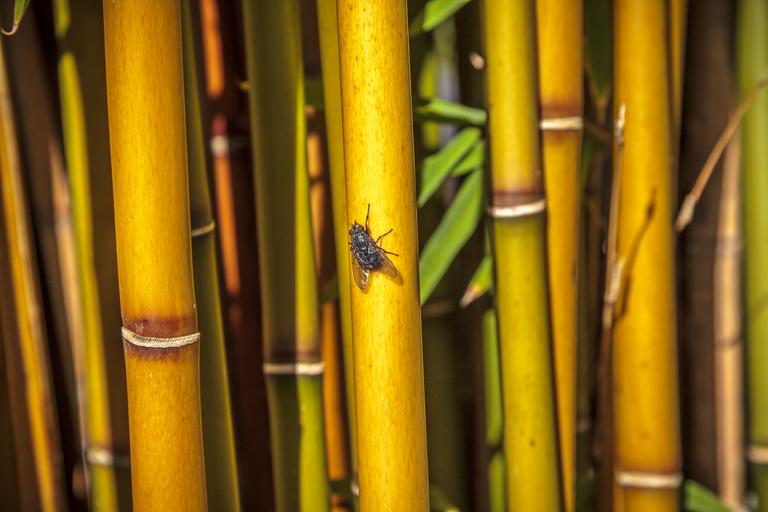MAKE A MEME
View Large Image

| View Original: | Fly_on_Bamboo.jpg (5184x3456) | |||
| Download: | Original | Medium | Small | Thumb |
| Courtesy of: | www.flickr.com | More Like This | ||
| Keywords: abstract music True flies are insects of the order Diptera (from the Greek di = two, and ptera = wings), so called because they fly using only the forewings, the hindwings being reduced to clublike sense organs called halteres. Diptera is a large order containing an estimated 1,000,000 species including horseflies,[a] craneflies, hoverflies and others, although only about 150,000 species have been described. It is one of the major insect orders with ecological and human importance. en.wikipedia.org/wiki/Fly The bamboos Listeni/bæmˈbuː/ are a subfamily (Bambusoideae) of flowering perennial evergreen plants in the grass family Poaceae. Giant bamboos are the largest members of the grass family. In bamboo, the internodal regions of the stem are usually hollow and the vascular bundles in the cross section are scattered throughout the stem instead of in a cylindrical arrangement. The dicotyledonous woody xylem is also absent. The absence of secondary growth wood causes the stems of monocots, including the palms and large bamboos, to be columnar rather than tapering. en.wikipedia.org/wiki/Bamboo True flies are insects of the order Diptera (from the Greek di = two, and ptera = wings), so called because they fly using only the forewings, the hindwings being reduced to clublike sense organs called halteres. Diptera is a large order containing an estimated 1,000,000 species including horseflies,[a] craneflies, hoverflies and others, although only about 150,000 species have been described. It is one of the major insect orders with ecological and human importance. en.wikipedia.org/wiki/Fly The bamboos Listeni/bæmˈbuː/ are a subfamily (Bambusoideae) of flowering perennial evergreen plants in the grass family Poaceae. Giant bamboos are the largest members of the grass family. In bamboo, the internodal regions of the stem are usually hollow and the vascular bundles in the cross section are scattered throughout the stem instead of in a cylindrical arrangement. The dicotyledonous woody xylem is also absent. The absence of secondary growth wood causes the stems of monocots, including the palms and large bamboos, to be columnar rather than tapering. en.wikipedia.org/wiki/Bamboo | ||||